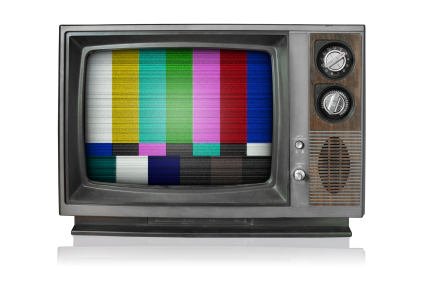When the Colorado Springs Convention and Visitors Bureau removed the new logos and video from VisitCOS.com and disabled public viewing on YouTube, it broke (slightly) my previous post about the Live It Up campaign.
Wishing I’d used KeepVid a week ago, I searched for it elsewhere online.
I didn’t find the Live It Up video, but I did learn that Colorado Springs is “the natural fit” for my family vacation, sporting event, or business conference!
Give a look to this video posted to YouTube in January 2011 by VisitCOS (the same folks who brought you (then took away) Live It Up):
Well, OK! Nature moves to the fore and extends into lifestyle.
Let’s give a quick evaluation, primarily in terms relative to the Live It Up video you can no longer see.
A few positives:
- shows off the natural beauty better than Live It Up
- includes aerial shots and jib shots that immediately provide more production value than Live It Up
- includes active shots that make the place feel far more alive than Live It Up
- hits several major local institutions and phenomena missed by Live It Up (Pikes Peak, Garden of the Gods, Red Rock Open Space, Paint Mines Interpretive Park, USOC, AFA, Broadmoor, Hill Climb, Balloon Classic, Fine Arts Center, Colorado Springs Pioneers Museum, etc.)
- gives Colorado Springs a one-of-a-kind feeling by definition
- touches on regional history and connects it to present
A few negatives:
- the music and voice are a bit too slow (don’t convey enough energy)
- tries to do too much, selling to families, sporting events, business conventions (should be three separate 1:20 videos)
- frequent discrepancies between the words being said and the video being shown (need to SWAP – sync words and pictures)
- awkwardly abrupt ending (especially in comparison to the long :30 fade out on Live It Up)
The Bottom Line
As a slogan, The Natural Fit isn’t any more the answer than Live It Up; either would work fine and neither would work distinctively.
As a video, The Natural Fit feels more alive, rugged, vibrant, and exceptional than Live It Up. It does a much better job of showing that living means doing – rather than simply saying it repeatedly and in different ways.
Live It Up would certainly have benefited from extensive re-use of shots seen in The Natural Fit. Related: The Natural Fit could benefit from the skate park shots from Live It Up.
Both videos would convey more life and energy through quicker, more contemporary music, snappier sound from the voiceover artist and other speakers, and a higher cadence overall.
The Bonus Links:
See more vintage Colorado Springs video rounded up by KRCC (Radio Colorado College).
Read the solid, relatively transparent view into the Live It Up branding process by the CVB.
Check out my initial post about the Live It Up campaign here at ethanbeute.com.




